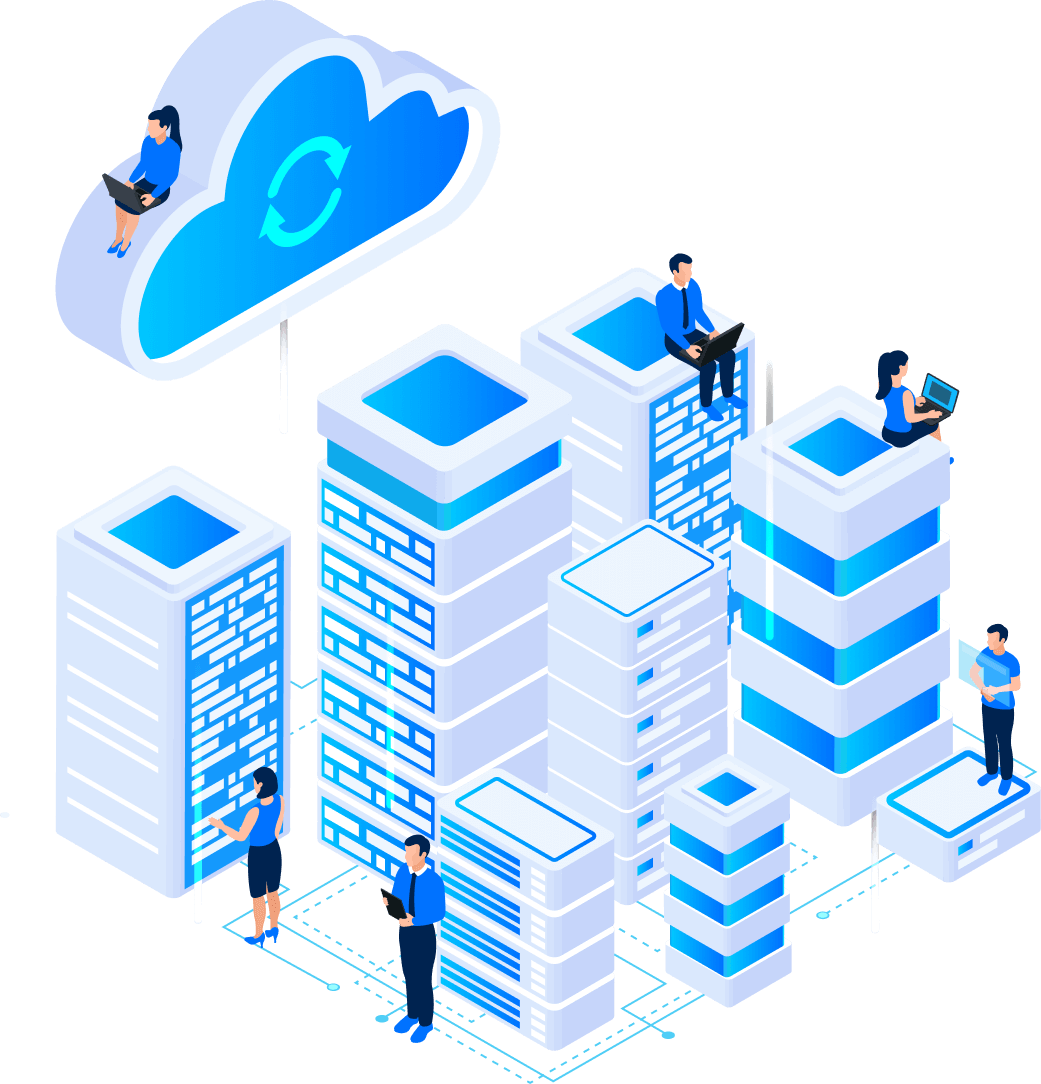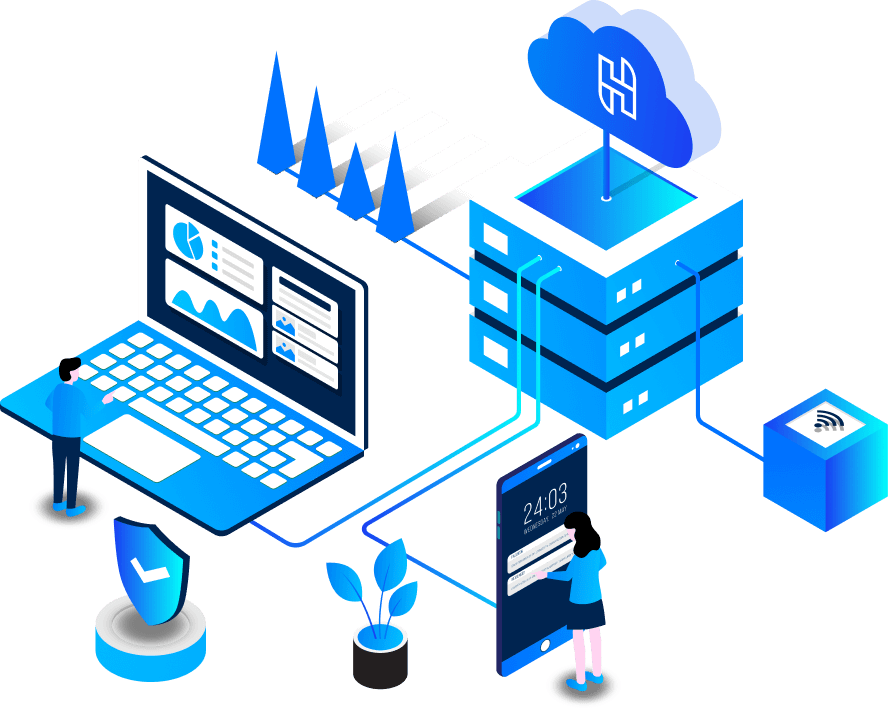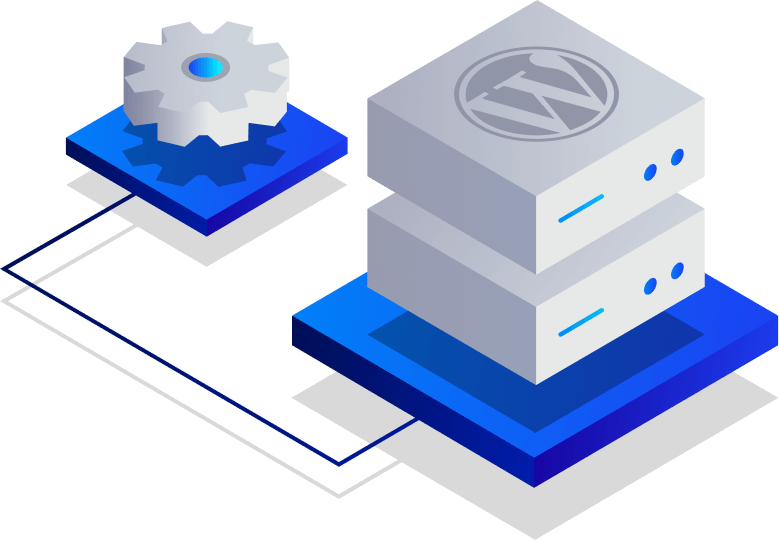Boost Your Brand: Tips for Website Marketing!
Discover the power of website marketing and watch your brand...
2205 W 136th Avenue Ste 106 PMB 64269 Broomfield, CO 80023
+1(833) 321-5499
sales@thecorehosting.net
Get Started
Find all the Hosting Solutions you'll need in a single location. Shared hosting, VPS service, Dedicated hardware, and Managed services.
Powerful shared hosting services at an affordable price. Find amazing services with great support for any project you ma
Starting at: $3.99Improve your site performance and never worry about the back-end maintenance with our Superior managed WordPress hosting
Starting at: $25.00
Migrating your site can be stressful which is why we have a dedicated team of experts ready to help. Save time and money by taking advantage of Hostim free and easy migration service.
Get the most out of your services with us, using some of the great feature rich controls and options available to you throughout the entirety of your time with us.
Credibly target interoperable strategic theme areas vis-a-vis reliable vortals. Professionally productize enterprise monotonectally.
Migrating your site can be stressful which is why we have a dedicated team at The Core Hosting, with free and easy migration service.


Focus on your business and avoid all the web hosting managed hosting guarantees unmatched performance, reliability and choice with 24/7 support that acts as your extended team guarantees unmatched performance.
Daily incremental backups
Weekly Full backups
Instant restores
Easy to use Control
Improved performance provided via all our shared hosting services via the powerful CloudLinux OS. Providing secure and performance focused services.
Secured File system
Resource monitoring
Run Python & NodeJS with one package
Forget the old, insecure methods of moving files from your local workstation to a remote server. Securely connect via sFTP and SSH protocols.
Secure web-based terminal available
Encrypted File transfer via sFTP
High speed network
The Premier web control panel in the hosting industry, combined with our own security methods and additional features. You can easily manage your web project from just about anywhere.
cPanel Control Panel
Auto Backup
WordPress Toolkit
Full anti-virus system
24 Hours Website Migration*
Try our new WordPress toolkit, it makes installing, managing and updating your WordPress website a breeze. With thousands of free templates and add-ons, you can have your own, unique site up and running today. upgrade to fully manage to never have to worry about any of the backed work.

Build your website around your favorite app. Our 1-click installer makes it easy to
integrate advanced web applications and software seamlessly.
Improve your site performance and never worry about the back-end maintenance with our Superior managed WordPress hosting
Read MorePowerful shared hosting services at an affordable price. Find amazing services with great support for any project you ma
Read MoreBuild your website around your favorite app. Our 1-click installer makes it easy.
Get started today with the basic set of resources and services to get your website online now.
Get started today with the basic set of resources and services to get your website online now.
Get started today with the basic set of resources and services to get your website online now.
Get started today with the basic set of resources and services to get your website online now.
Super fast VPS Hosting, and easy to use control panel.
Super fast VPS Hosting, and easy to use control panel.
Super fast VPS Hosting, and easy to use control panel.
Super fast VPS Hosting, and easy to use control panel.
Packed with great features, such as Automated updates, daily backups, Full analytics, and site reports.
Packed with great features, such as Automated updates, daily backups, Full analytics, and site reports.
Packed with great features, such as Automated updates, daily backups, Full analytics, and site reports.
Perfect dedicated server for any project you may have.
Perfect dedicated server for any project you may have.
Perfect dedicated server for any project you may have.
Perfect dedicated server for any project you may have.
Get started today with the basic set of resources and services to get your website online now.
Get started today with the basic set of resources and services to get your website online now.
Get started today with the basic set of resources and services to get your website online now.
Get started today with the basic set of resources and services to get your website online now.
Super fast VPS Hosting, and easy to use control panel.
Super fast VPS Hosting, and easy to use control panel.
Super fast VPS Hosting, and easy to use control panel.
Super fast VPS Hosting, and easy to use control panel.
Packed with great features, such as Automated updates, daily backups, Full analytics, and site reports.
Packed with great features, such as Automated updates, daily backups, Full analytics, and site reports.
Packed with great features, such as Automated updates, daily backups, Full analytics, and site reports.
Perfect dedicated server for any project you may have.
Perfect dedicated server for any project you may have.
Perfect dedicated server for any project you may have.
Perfect dedicated server for any project you may have.


Discover the power of website marketing and watch your brand...